The Misses Mallett
The Misses Mallett
The Bridge Dividing
The first of seven novels based on Clifton (thinly disguised as 'Upper Radstowe'), an inner suburb of the English port city of Bristol.
Book Excerpt
f the interior. The
three Miss Malletts, Caroline sweeping majestically ahead, were led
into the hayfield where Mrs. Sales sat serenely in a wicker chair. It
was evident at once that Mr. Sales, bluff and hearty, with gaitered
legs, was fond of little girls. He realized that this one with the
black hair and the solemn grey eyes would prefer eating strawberries
from the beds to partaking of them with cream from a plate; he knew
without being told that she would not care for gambolling with other
children in the hay; he divined her desire to see the pigs and horses,
and it was near the pigsties that she met Francis Sales. He was tall
for twelve years old and Rose respected him for his age and size; but
she wondered why he was with the pigs instead of with his guests, to
whom his father drove him off with a laugh.
'Says he can't bear parties,' Mr. Sales remarked genially to Rose. 'What do you think of that?'
'I like pigs, too,' Rose answered, to be surprised by his prolonged chuckle.
Mr. Sales, in the in
Editor's choice
(view all)Popular books in Periodical, Fiction and Literature
Readers reviews
5.0
LoginSign up
EH Young's novels were often compared to the work of Jane Austen in her day: superficially, from this book it's easy to see why: balls, dinner parties, match-making, verbal jousting, feisty independent women, moody Byronic males, etc. There is, however a great degree of moral and psychological subtlety in the portraits of Young’s characters, whilst the story manages to be both carefully plotted, and naturalistic. The imagery suggested by the book's original title ('The Bridge Dividing') reflects the author’s deft use of descriptions of physical locations. Young's 'Radstowe' is a close and evocative description of Bristol, Clifton and vicinity – the original title referring to the Clifton Suspension Bridge, which features in key scenes in the novel. The portrayal of the personalities and characters of the book’s small cast ring true, and are also greatly entertaining – the eccentricity of the older sisters, Sophia and Caroline, the wanton contrariness of their niece Henrietta, the callow moodiness of her admirer Charles. Their depiction never degrades into caricature, and the protagonists develop, live and breathe on the page. It’s a moving and thoughtful novel, and however much we may no longer live in a world of maiden aunts, calling cards and illicit affairs amounting to no more physically than hands held in the moonlight, that era is brought vibrantly alive in The Misses Mallett, which ought to delight readers today, and for many years to come.
- Upvote (0)
- Downvote (0)
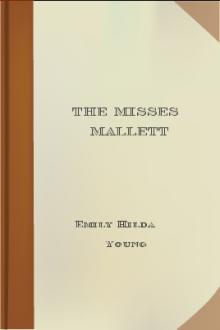
 Free Download
Free Download














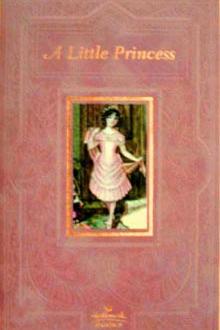




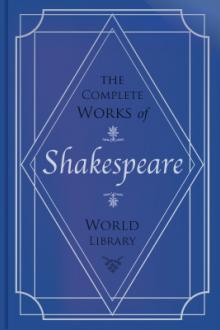
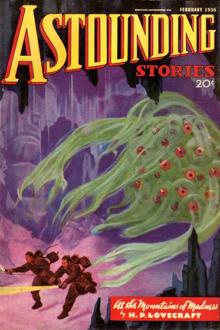
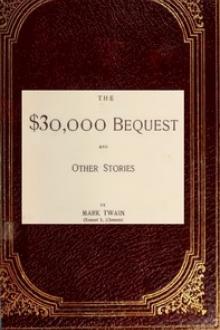
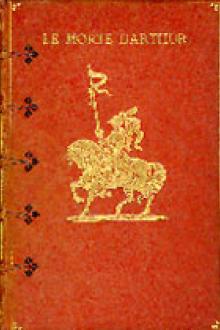


-itok=vcKIB5v1.jpg)